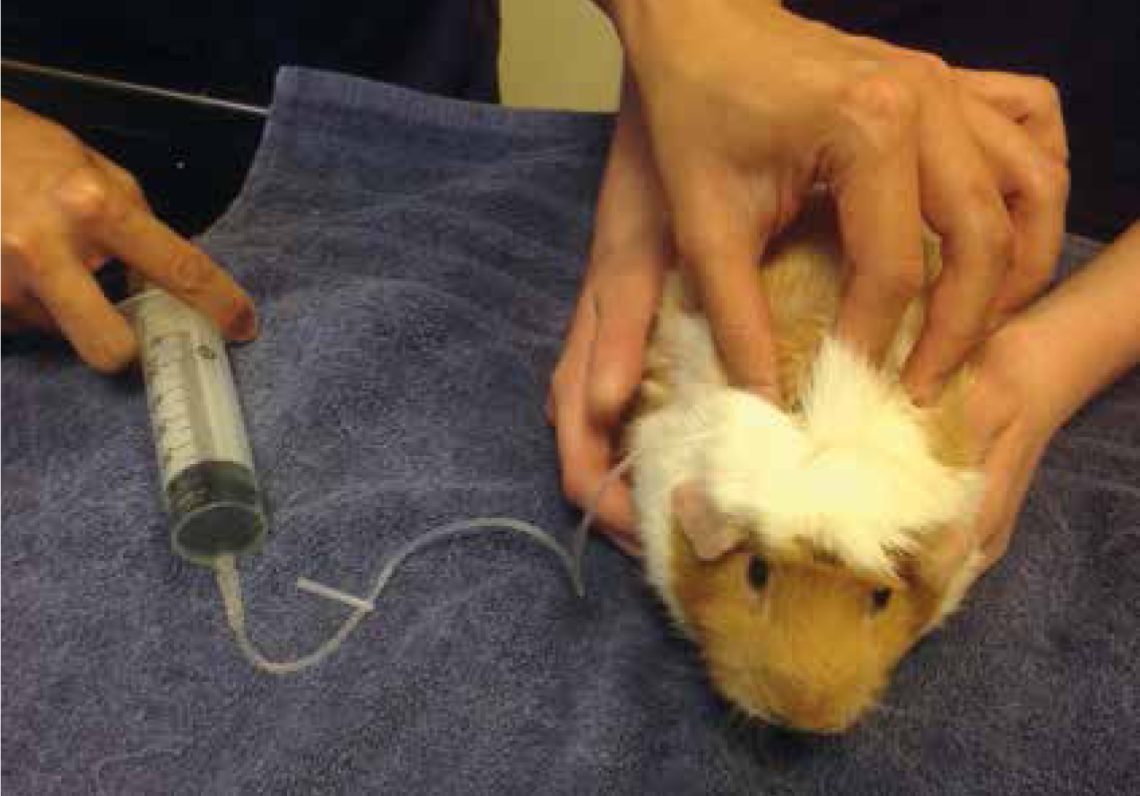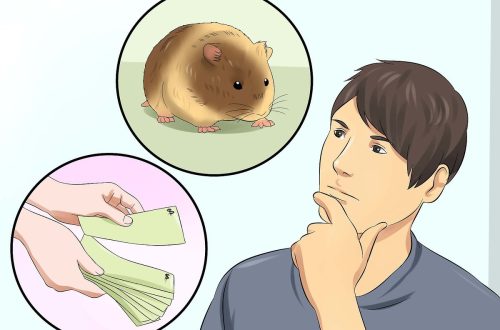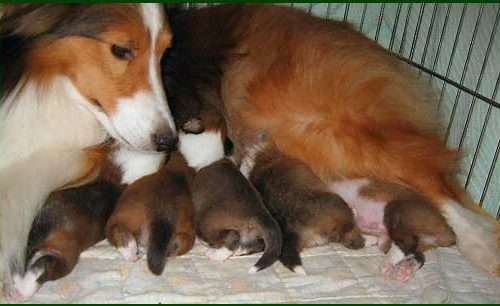
anesthesia for guinea pigs
In surgical interventions, injections of ketamine HCl and xylacin have proven themselves well. The syringe is filled with ketamine HCl (100 mg/1 kg body weight) and xylacin (5 mg/1 kg body weight) followed by intramuscular injection. After about 5 minutes, the animal is lying on its side, and after 10 minutes, the operation can begin. The duration of the drug action is 60 minutes, and the sleep after the operation is 4 hours. With this type of anesthesia, vagolytic premedication with atropine is not needed.
Inhalation anesthesia using halothane drops is less popular. When applying it, you need to ensure that the tissue soaked in the medicine does not touch the nasal mucosa, as skin reactions may occur. It also suggests mandatory subcutaneous premedication with atropine (0,10 mg/kg body weight) to avoid excessive secretion of saliva that the animal may inhale. Animals should not be fed for 1 hours before anesthesia. If hay is used as bedding, then the bedding must also be removed.
For several days before anesthesia, the guinea pig should be given vitamin C (1-2 mg/1 ml) with water, as a lack of vitamin C can affect the depth of anesthesia and the duration of sleep of the animal. During awakening from anesthesia, guinea pigs become very sensitive to lower temperatures. After surgery, they must be placed under an infrared lamp or put on a heating pad, and the patient’s body temperature (39 ° C) must be maintained at a constant level until full awakening.
In surgical interventions, injections of ketamine HCl and xylacin have proven themselves well. The syringe is filled with ketamine HCl (100 mg/1 kg body weight) and xylacin (5 mg/1 kg body weight) followed by intramuscular injection. After about 5 minutes, the animal is lying on its side, and after 10 minutes, the operation can begin. The duration of the drug action is 60 minutes, and the sleep after the operation is 4 hours. With this type of anesthesia, vagolytic premedication with atropine is not needed.
Inhalation anesthesia using halothane drops is less popular. When applying it, you need to ensure that the tissue soaked in the medicine does not touch the nasal mucosa, as skin reactions may occur. It also suggests mandatory subcutaneous premedication with atropine (0,10 mg/kg body weight) to avoid excessive secretion of saliva that the animal may inhale. Animals should not be fed for 1 hours before anesthesia. If hay is used as bedding, then the bedding must also be removed.
For several days before anesthesia, the guinea pig should be given vitamin C (1-2 mg/1 ml) with water, as a lack of vitamin C can affect the depth of anesthesia and the duration of sleep of the animal. During awakening from anesthesia, guinea pigs become very sensitive to lower temperatures. After surgery, they must be placed under an infrared lamp or put on a heating pad, and the patient’s body temperature (39 ° C) must be maintained at a constant level until full awakening.





